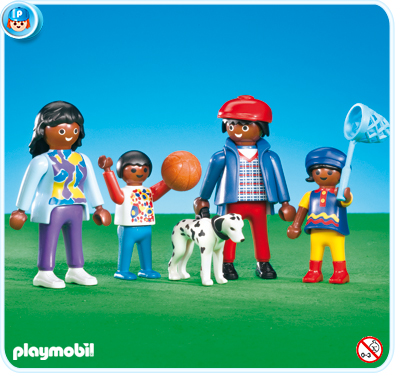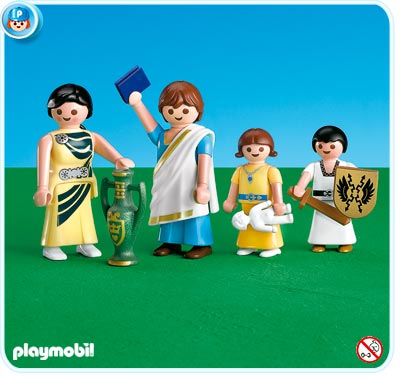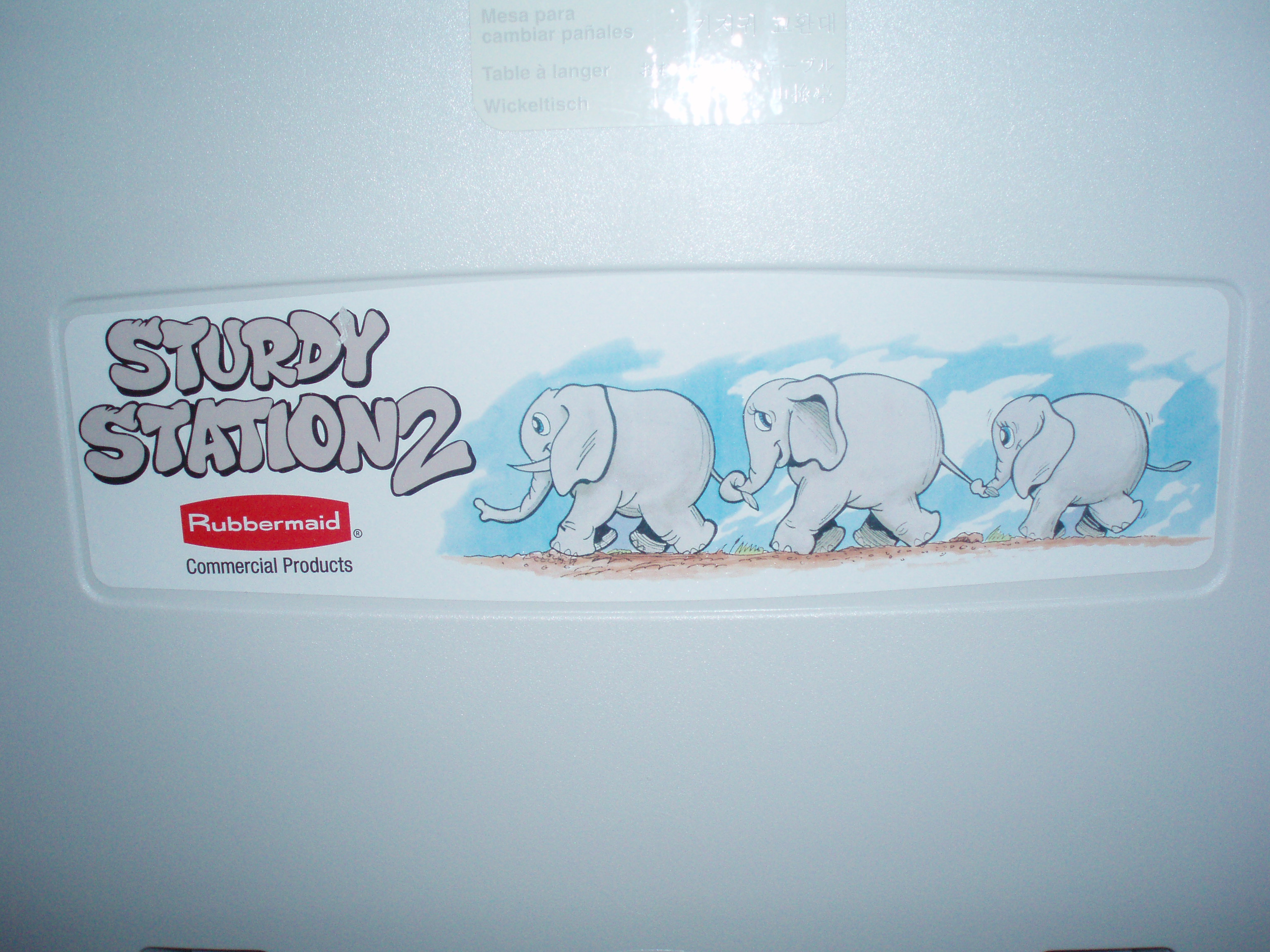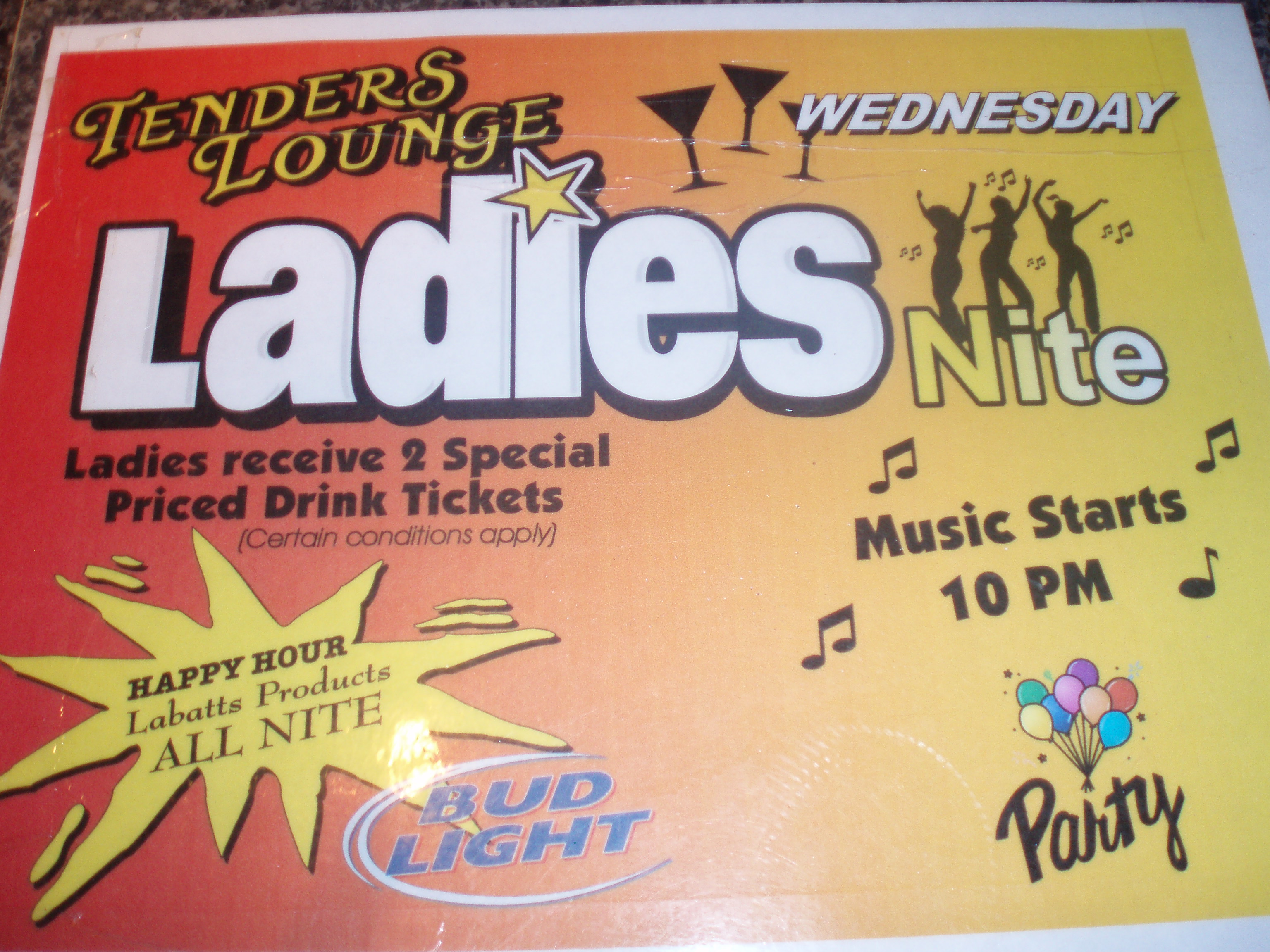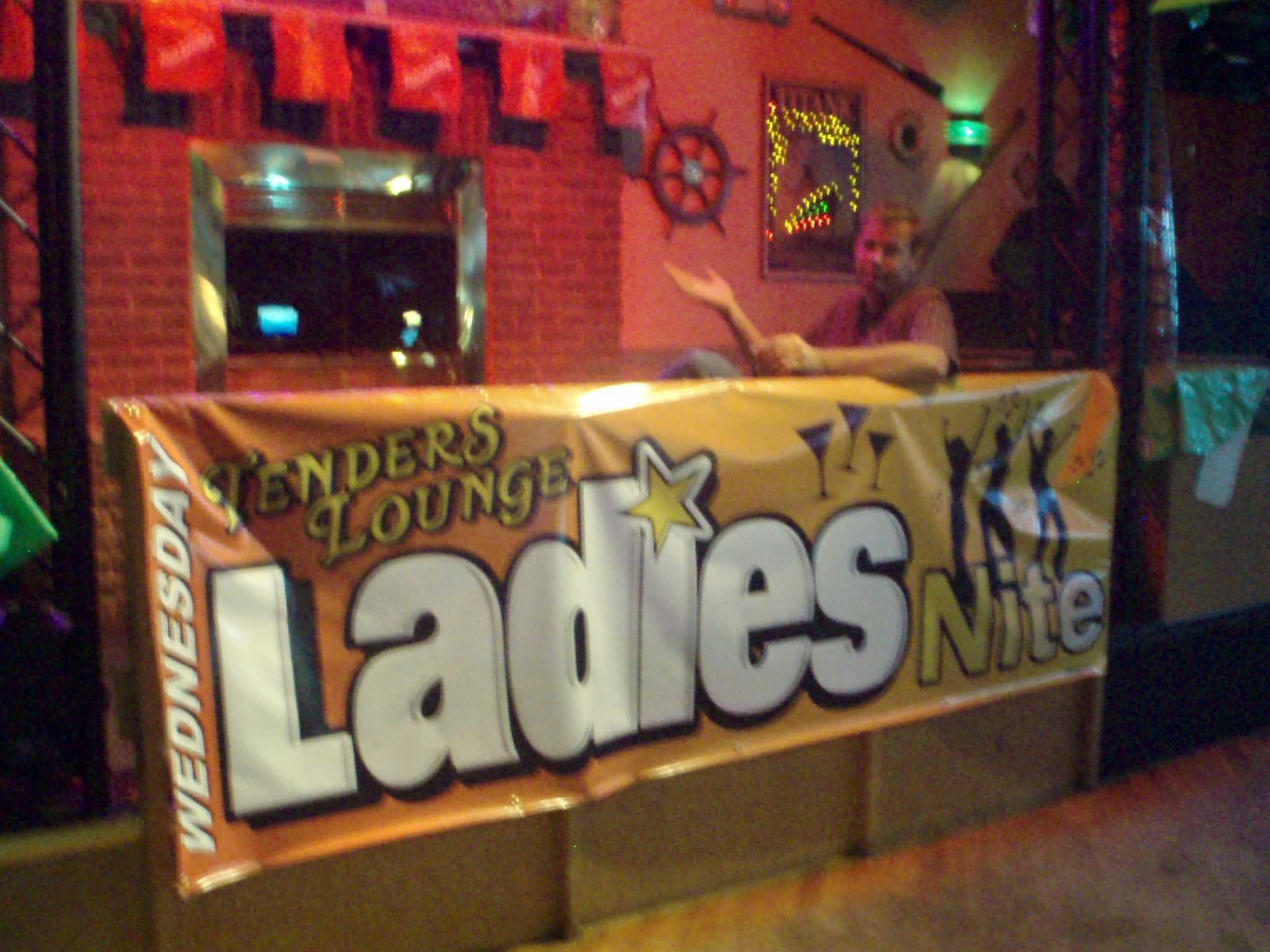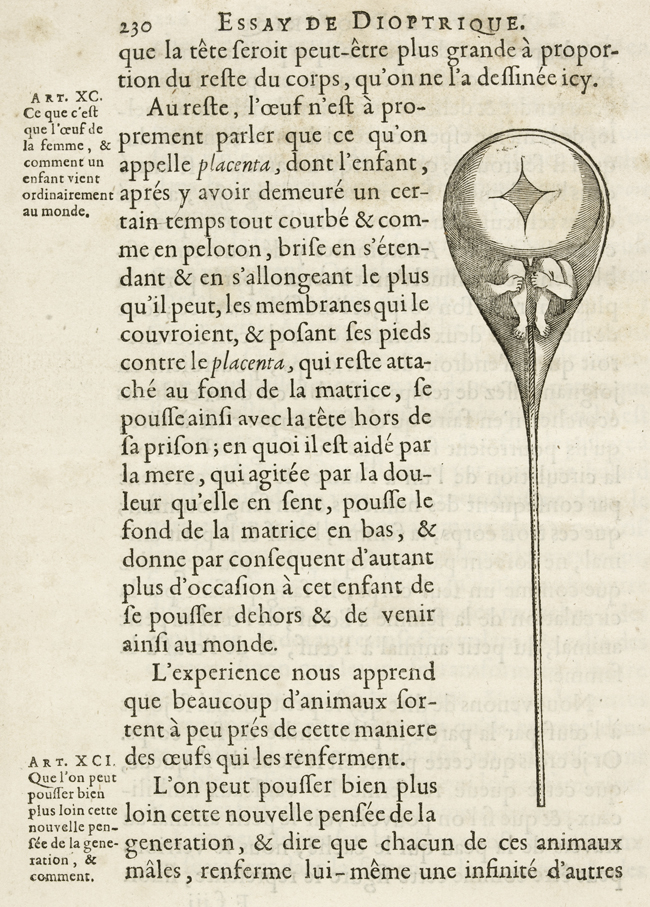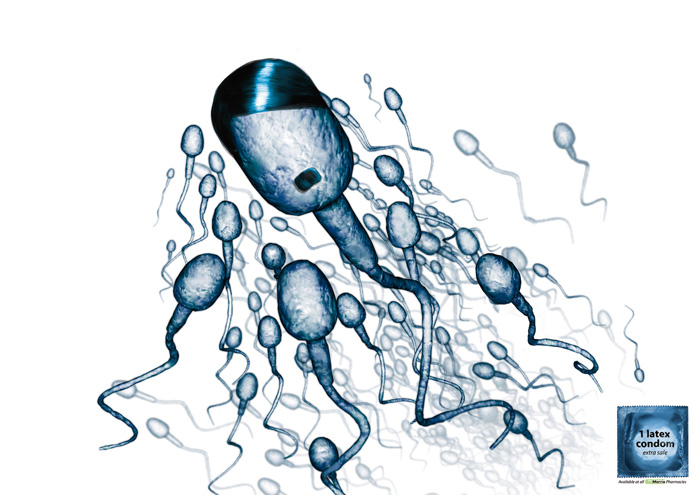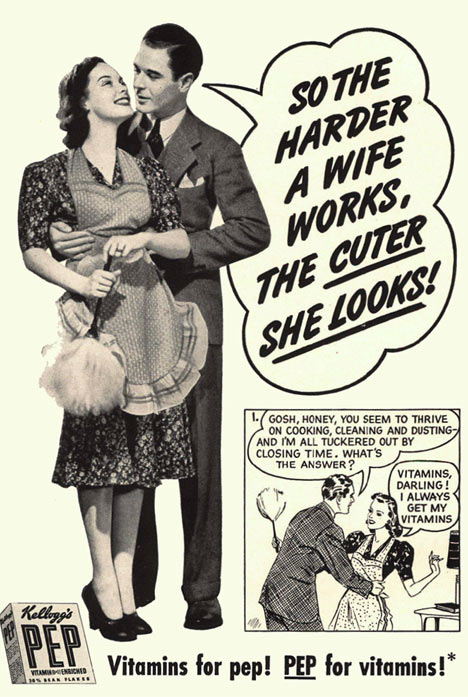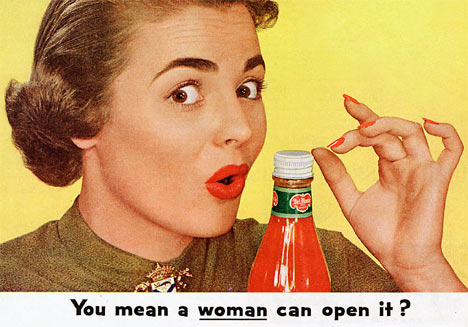Kirsten D. sent us this link to a series of Playmobil families. She notes how the families are all racially marked (using racial categories like “Asian” and “African” instead of nationality categories like “Japanese” and “Somalian”). The “Mediterranean/Hispanic” category also points to the social construction of race and the way in which social construction varies across cultures (Playmobil are made in Germany).
They families are also racially homogeneous. In the world of Playmobil (at least how it is sold, though not necessarily how it is played with) there are no interracial families and, therefore, no bi- or multi-racial people. In this way the toys reify racial categories and naturalize racial matching in relationships.
African/African American Family:
Mediterranean/Hispanic Family:
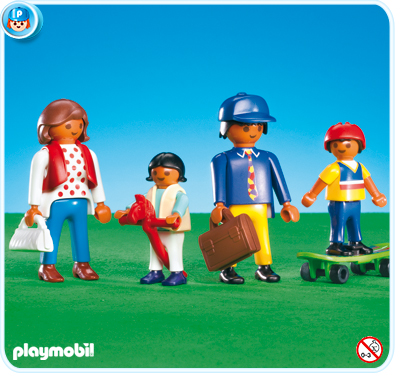
Asian Family:
Native American Family:

Notice also that all of the families are in contemporary clothes except for the Native American family. Ethnicized groups are often represented in “native” costume, but this is especially true for American Indians (at least in the U.S.). It is as if, in the popular imagination, American Indians are extinct; as if there are no American Indians alive today walking around in Nikes (there are).
So, in the world of Playmobil, American Indians are, like Romans, a historical artifact:
Also, because it warrants pointing out, all the female and male children all have gender stereotypical toys.

